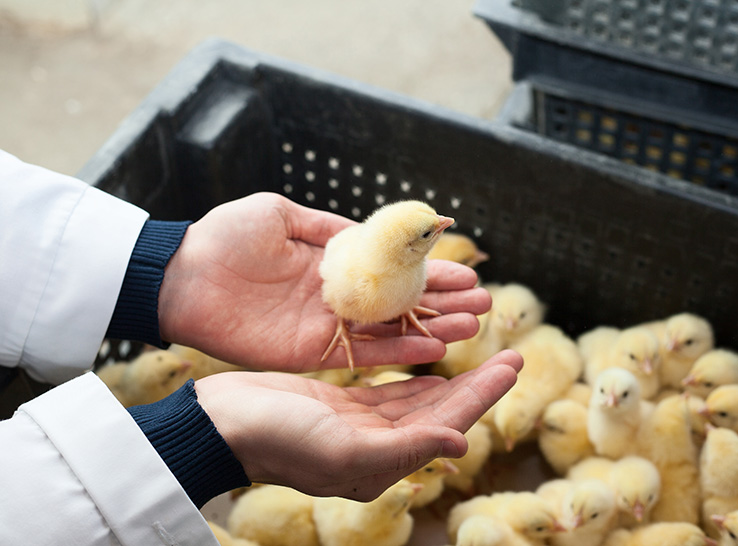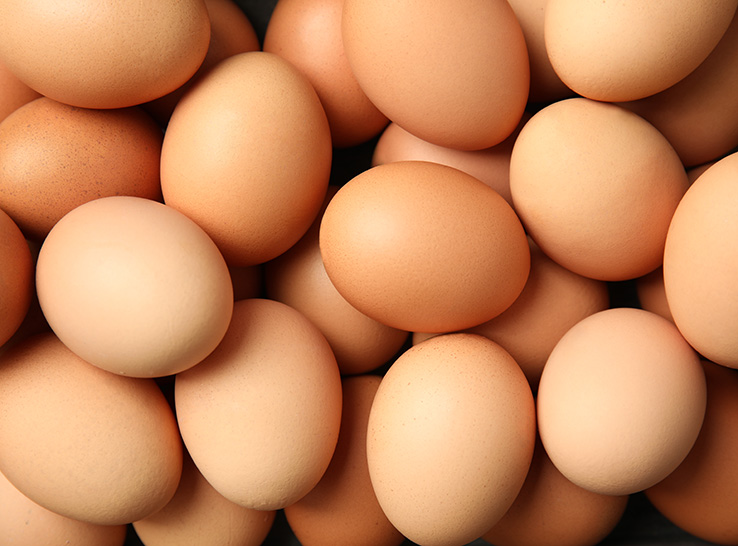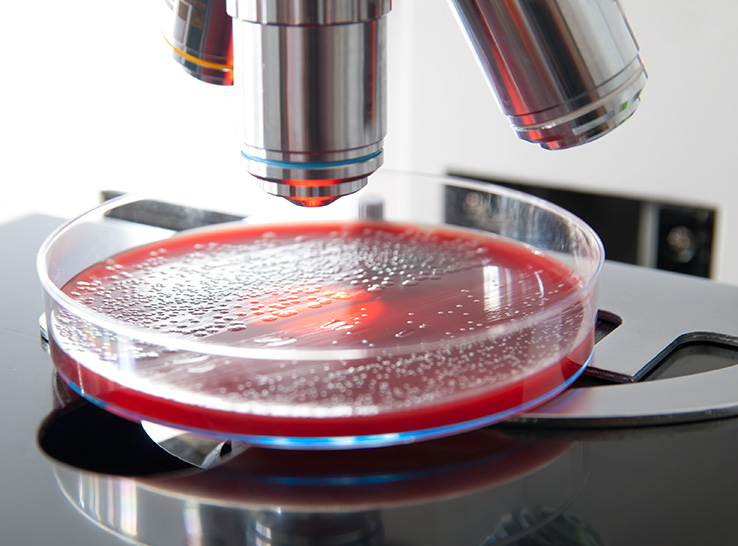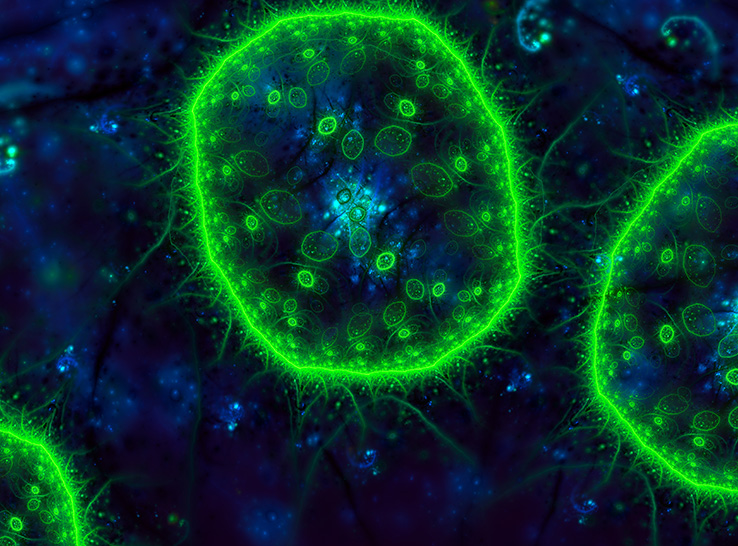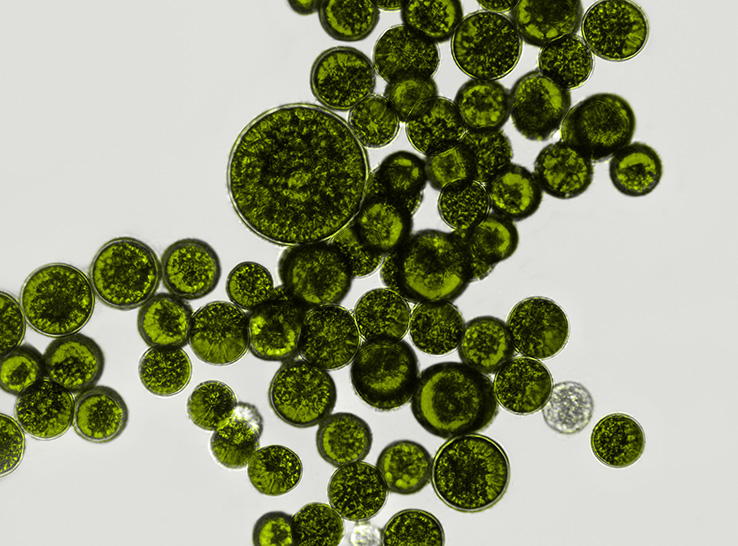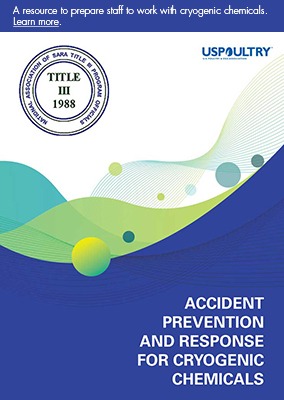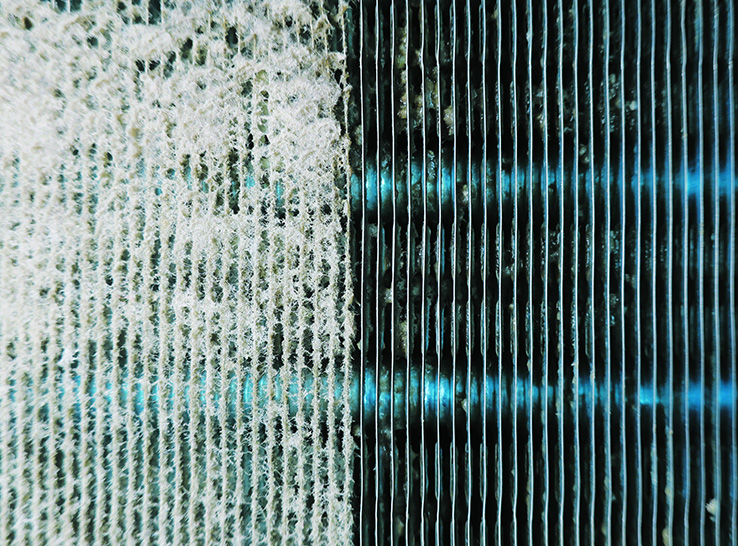Multi-stage egg-incubation systems are challenging to manage. And too often, attempts to keep late-stage embryos from overheating create situations where early-stage embryos are at sub-optimal temperatures during the period when skeletal muscle-fiber number and satellite (muscle stem) cell populations are being established.
“There is little published evidence regarding the impact of variation in early-stage (embryonic day 4 to 11) incubation temperature on modern broiler embryonic skeletal-muscle development and post-hatch muscle-growth characteristics, feed efficiency, meat yield or incidence of myopathies in modern commercial broilers,” says Jessica D. Starkey, PhD, associate professor at Auburn University, in a recent study report for USPOULTRY.
The project sought to provide more insights on optimizing incubation methods and operational parameters to maximize hatchability, chick quality, growth performance and meat yield.
Investigators also wanted to determine the impact on the incidence and severity of the breast-meat quality defects — wooden breast and white striping — in modern commercial broiler chickens.
During the study, researchers looked at the impact of early-stage embryonic day (ED) 4 to 11 incubator temperature variation — 36.1° C = COLD versus 37.1° C = Control (CTL) versus 38.6° C = HOT — on commercial broiler chicken growth performance and feed efficiency, carcass and breast-meat yield, and the incidence and severity of meat-quality defects.
They also evaluated skeletal-muscle developmental characteristics, satellite cell (SC; muscle stem cell) mitotic (proliferative) activity, and muscle growth characteristics at multiple time points over the rearing period.
Their findings:
Hatch characteristics
Early-stage incubation-temperature treatments did not alter embryonic mortality (early, middle, late and total dead; pipped; malpositioned), egg weight loss during incubation, nor the proportion of male and female chicks at hatch.
Hatch of fertile tended to be lower in eggs incubated in both the COLD and HOT incubators compared with those in the CTL incubators. Chicks were removed from the hatchers simultaneously to facilitate vent sexing. As expected, chicks hatched from the COLD-treatment incubators were heaviest at hatch, while those from the HOT treatment were 10% lighter. The CTL chicks were intermediate.
Growth performance
Incubating broiler hatching eggs at air temperatures of 36.1° C (COLD) during early-stage incubation (ED 4 to 11) negatively impacted broiler day 0 to 32 bodyweight gain and final bodyweight compared with the CTL (37.1° C) treatment. Incubating eggs at 38.6° C (HOT) during early-stage incubation resulted in similar performance metrics when compared with those incubated at the CTL temperature of 37.1° C from ED 4 to 11.
Carcass characteristics
Incubating broiler hatching eggs at 36.4° C (COLD) during early-stage incubation (ED 4 to 11) negatively impacted breast, wing, thigh and drum chilled-parts weights and breast yield compared with those incubated at the CTL (37.5° C) temperature.
Birds from the COLD incubators tended to have a 25-gram reduction in breast weight (412 versus 438 and 443 grams) that resulted in a 6% decrease in breast-meat yield compared with those from CTL and HOT incubators. Incubating eggs at 38.6° C (HOT) during early-stage incubation resulted in reductions in wing and drum chilled-parts weights but did not impact breast, tender and thigh weights compared with birds from the CTL incubators.
Altering early-stage incubation temperature did not impact the incidence nor severity of wooden breast or white striping meat-quality defects in broilers reared to 32 days of age.
SC activity and muscle growth characteristics
Altering the early-stage incubation temperature from ED 4 to 11 did not influence the proliferative activity or myogenic regulatory-factor expression profiles of breast-muscle SCs on day 7, 14, 21 or 28 post-hatch.
However, the cross-sectional area of breast-muscle fibers of birds from the CTL and HOT incubation treatments was larger on both day 7 and 21 post-hatch compared with those from the COLD incubators. These results help explain the 6% lower breast-meat yield observed in birds from the COLD versus HOT and CTL treatments.
Good management key
“Overall, the results of this project highlight the importance of careful hatching [and] egg-incubator management,” Starkey reports.
These results indicate that the cost of incubating broiler hatching eggs at sub-optimal temperatures (36.4° C) during early-stage incubation can be as much as 25 grams per bird.
If breast meat is worth $0.438 per gram [USDA 3-year average $1.99 per pound (range $1.50 to $2.48)], that is an estimated $7.1 million per year in a typical 1.25 million-broilers-per-week integrated commercial broiler complex or $854.7 million per year for the US broiler industry as a whole, Starkey says.
The research was funded by USPOULTRY and the USPOULTRY Foundation, thanks in part to an endowing foundation gift from Koch Foods.
Editor’s note: Content on Modern Poultry’s Industry Insights pages is provided and/or commissioned by our sponsors, who assume full responsibility for its accuracy and compliance.

